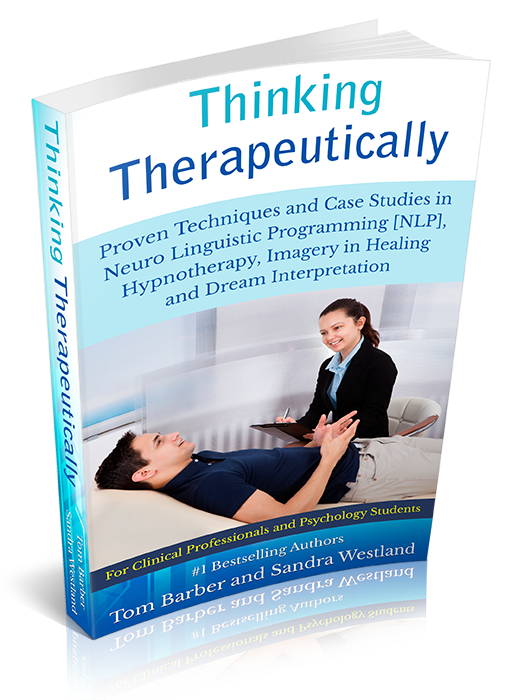Johnny Depp, Russell Brand, Lindsay Lohan, and Drew Barrymore are just a few celebrity examples of people who have used self-harming in their past.
Self-harm can be shocking for those who find out a friend, loved one or family member does this, and knowing what to do and how to help can be challenging. I have often heard people saying that they don’t want to make things worse by saying or doing the wrong thing, and they don’t understand why someone would do this to themselves.
Research is suggesting that self-harming is a frequent companion to eating disorders, alcohol and drug abuse, depression, post-traumatic stress disorder, borderline personality disorder, and dissociative disorders.
Self-harm can include a variety of behaviours but is most commonly associated with:
- Cutting of the skin.
- Scratching.
- Burning oneself.
- Banging or punching objects or oneself with the intention of hurting.
- Embedding objects under the skin.
Research suggests that the normal distribution age of individuals starting to self-harm ranges from between 10–24 yrs. It seems that the behaviour comes and goes, meaning that it is used, then it can stop, and then can be resumed again.
Self-harm serves to help the individual in different ways, but mainly it’s a way of managing intolerable feelings or actually creating a feeling, or as a form of self-punishment. And most self-injurers report that it works – it calms them and brings a sense of relief.
It is likely that the soothing feelings result from the release of endorphins in the brain that relieves pain, and can produce a ‘high’, so it works, for at least a while.
Cutting is like screaming but no one can hear. It’s difficult to know if someone is self-harming unless you see the marks. So often this is hidden behind a fake smile and remarks such as, “I’m fine”.
It is important to remember that …
“Those caught in its clutches claim that self-injury is difficult to stop due to its highly addictive nature, or say they are reluctant to try because it helps them ‘feel better,’ ‘more in control,’ ‘more real,’ or simply ‘it keeps them alive.’
– Jan Sutton, author of Healing the Hurt Within: Understand Self-Injury and Self-Harm, and Heal the Emotional Wounds.
If you would like to find out more please click here.
Sandra.
Dr Sandra Westland is a UKCP registered existential psychotherapist and counsellor with over 25 years experience of helping people with a wide variety of psychological issues. She is a bestselling author of 4 books, and enjoys running workshops both in the UK and Internationally, as well as teaching, and writing programmes to help people become all they can be. Sandra is a co-founder of Self Help School, an innovative source of education for people looking for self-improvement. Her academic speciality is in the subject of body image and obesity.


